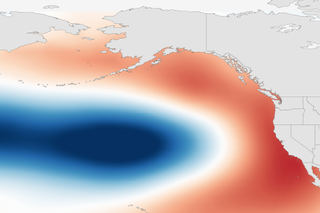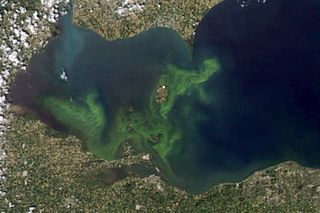
Unusually big blooms of tiny ocean plants occurred in the Arctic this past summer, linked to early summer retreat of sea ice.
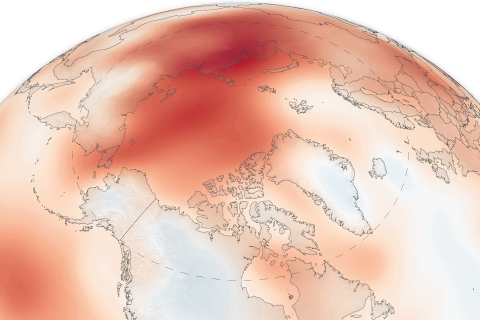
The 15th installment of NOAA's Arctic Report Card NOAA's 15th Arctic Report Card catalogs the numerous ways that climate change continues to disrupt the polar region.
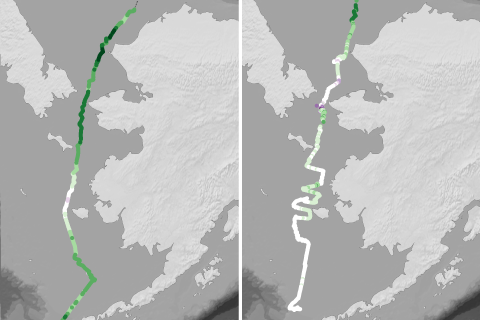
A saildrone observed the growth and decay of a bloom of ocean plants in the Alaskan Arctic in late summer 2017. Such blooms affect the rate of regional ocean acidification, which occurs as surface waters absorb human-produced carbon dioxide.
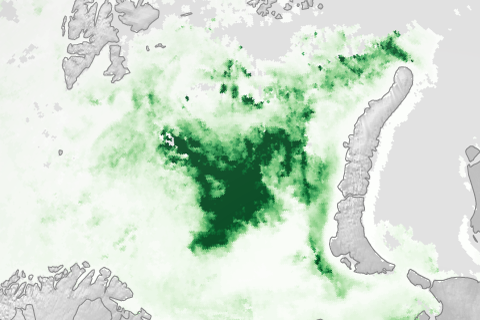
Springtime melting and retreating sea ice allowed more sunlight to reach the upper layers of the ocean, stimulating widespread blooms of algae and other tiny marine plants which form the base of the marine food chain: a sign of the rapid changes occurring in a warming Arctic.

Record-setting bloom of toxic algae in North Pacific
August 6, 2015
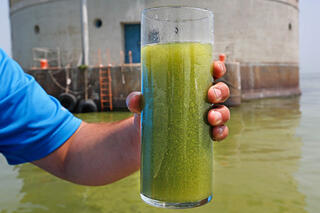
Spring climate plays major role in Lake Erie algae blooms
September 8, 2014

Shallow melt ponds on the surface of consolidated sea ice act as skylights that promote massive under-ice phytoplankton blooms. These under-ice blooms may boost estimates of Arctic phytoplankton productivity by a factor of 10.
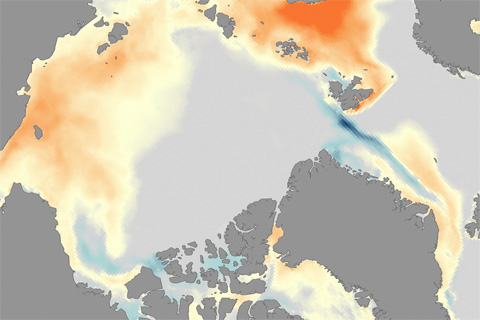
Phytoplankton productivity has increased 20 percent over the past decade as sea ice extent declines and more open water habitat is available.
